

Over time, most leading brands are able to build strong brand ESTEEM and INFLUENCE. However, it’s DIFFERENTIATION and to an extent RELEVANCE that declines with evolving consumer needs and increasing competition.

How we define Branding: Brand Equity (source: Labbrand)
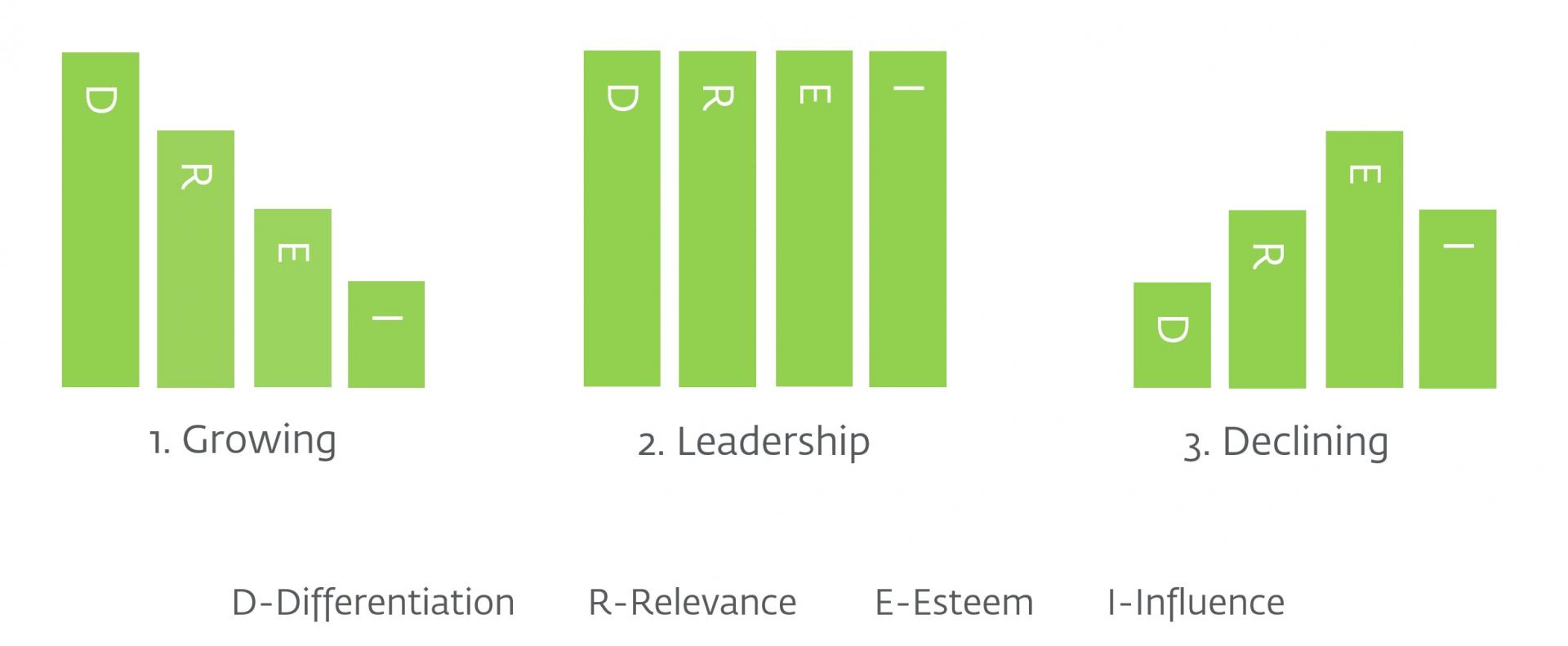
Branding Development Path (source: Labbrand)
It‘s more so the case in a fast-evolving developing market like China. Here consumers have evolved into mature customers driven by the digitalization of the society, the proliferation of the internet of things and their inclination to adapt to change. Given the sheer size of the market and categories, marketers have flocked in with droves which have resulted in fierce competition.
At first, a higher advertising share of voice gave visibility to brands and kept them in the minds of prospective customers. However, consumers became savvier than they have ever been. They do not want to be told what to buy. It is over a decade ago when the general impression of the average consumer was credulous and inexperienced.
Brands have long been striving to keep customers loyal and competition at bay by identifying trends and evolutions in the marketplace. The most commonly used way is to communicate with consumers about their tensions and pain points. However, the limitation here is obvious: the reliance on consumers’ judgement, which is not always articulated by the consumers themselves. And more importantly, you are limited by the consumers’ current context whereas the very premise of innovation is to go beyond.
Hence, the question, what is a better way to find fodder for your next product innovation? The field of Semiotics can potentially help.
Semiotics is an expert, desk-based systematic study of decoding meanings of “signs” (i.e. words, images, sounds, gestures, senses, objects, etc.). In a commercial business context, we look at all brand-related touchpoints that we come in contact with on a daily basis, e.g. brand communications, packaging, etc.
Brand communications usually reflect consumer and market’s understanding as well as the shifting trends of the people’s values and preferences. This is why semiotics is usually regarded as an “Art of Cultural Research”.
Building a category map by decoding the embedded category signs/cues in the brand communications provides a solid context for a brand to strategically position in a potential white space (new brand positioning) and identifies a consequent need for product innovation (new product idea).
From here the only question is where and how? The following approach gives us a clearer and more strategic answer.
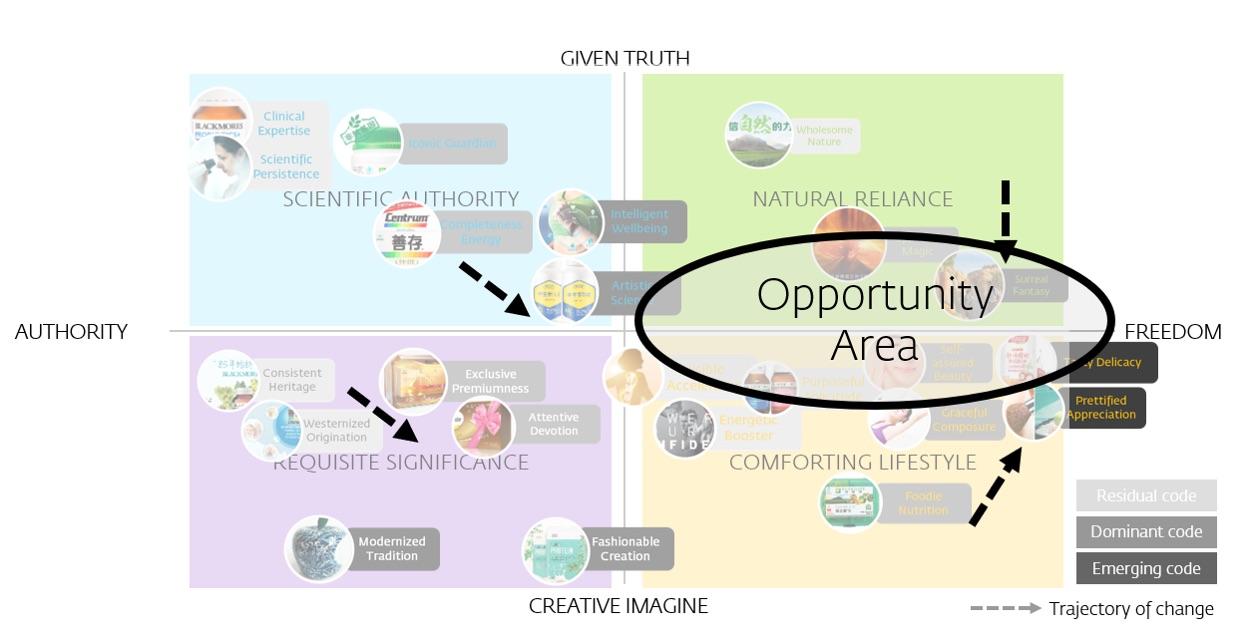
Areas that follow trajectories of change (source: Labbrand)
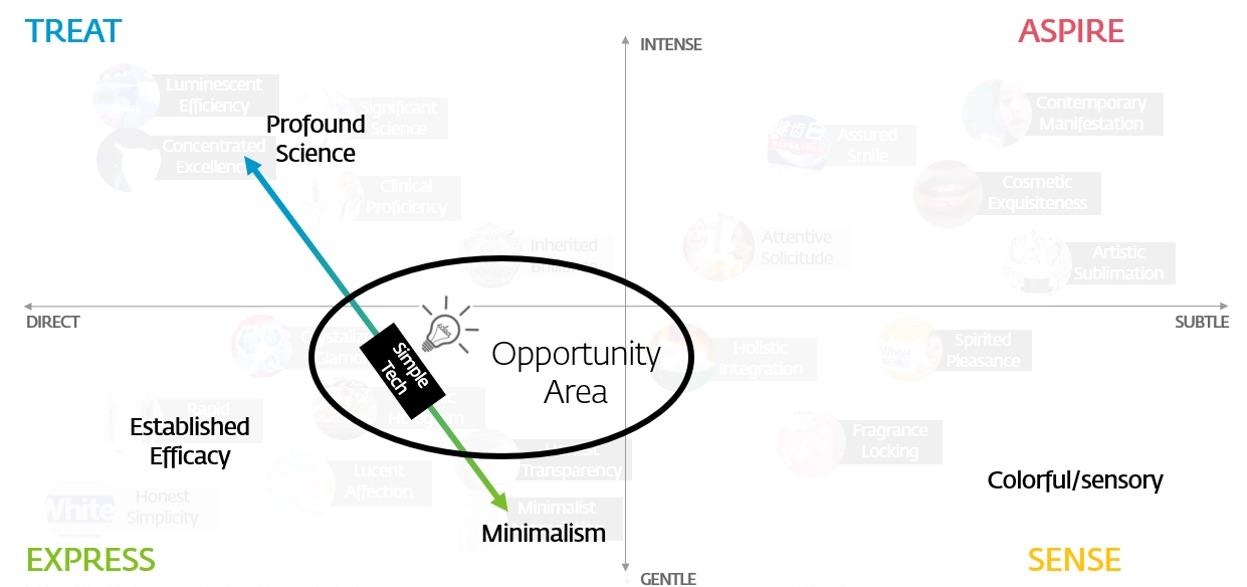
Areas that solve tensions of communication (source: Labbrand)
To consolidate the potential directions, below efforts can be made to ensure robustness:
We observe certain brands making an effecting transformation of their image in keeping with consumer evolution. They are able to do this by keeping true to their brand heritage and yet conform to the new reality.
Many renowned brands with a long history would usually position themselves in 2 major ways:
In either way above, the brand has to give up certain brand values. But some brands have tactfully solved the tension between “old” and “new”. The key is to find an in-between balanced white space with the right angle to communicate with consumers. Not to lose any side of the values. There are 2 different routes through which brands affect this transformation right now.
Route 1: Modernized Tradition – Reinvent the legacy and combine with a modern and trendy tone of voice
A. Healthcare supplement category
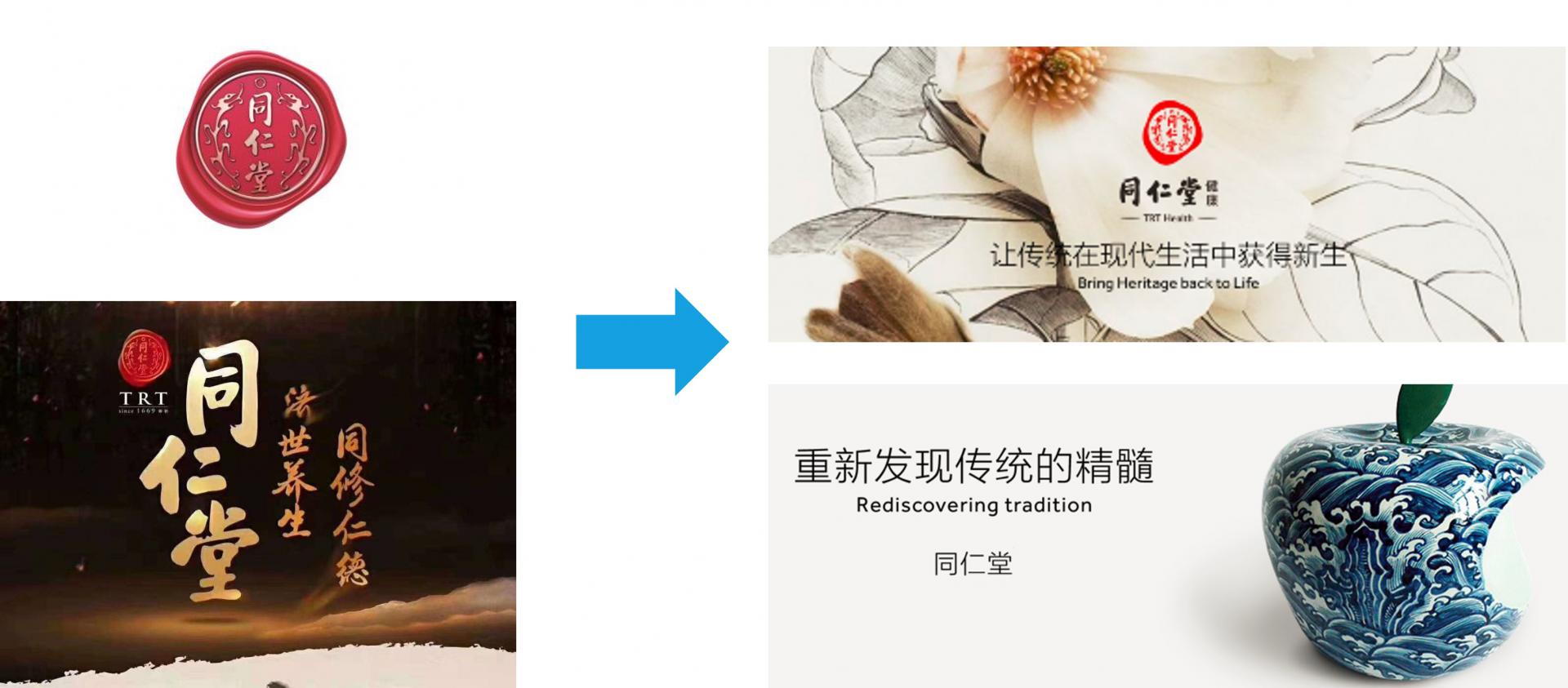
Consistent Heritage (Residual Semiotic Code) & Modernized Tradition (Emerging Semiotic Code) (source: Tong Ren Tang)
B. Culture and art category
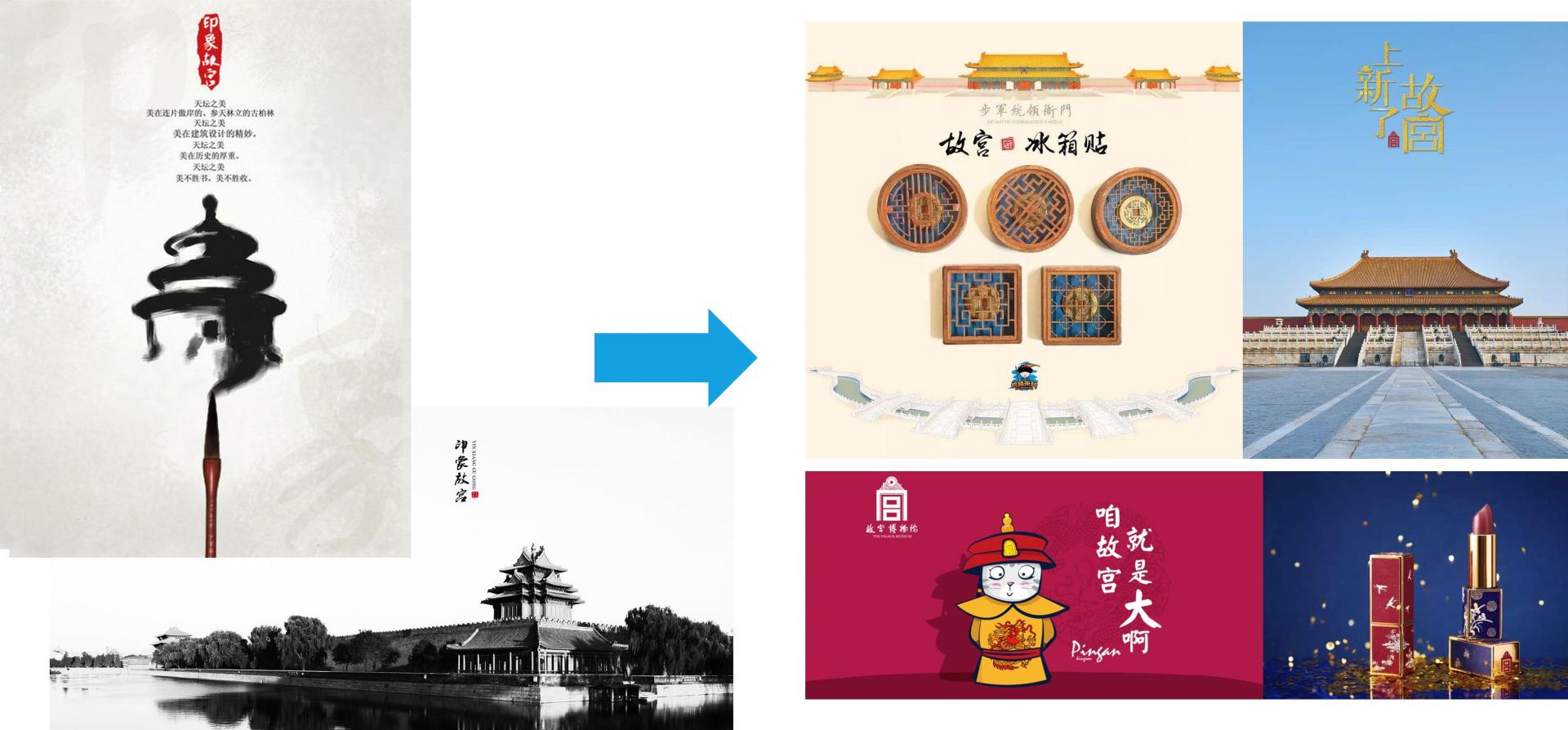
Consistent Heritage (Residual Semiotic Code) & Modernized Tradition (Emerging Semiotic Code) (source: The Palace Museum, China)
Route 2: Chic Legacy – Renovate the legacy and combine with an artistic, fashionable and creative approach
A. Oral care category

Inherited Brilliance (Residual Semiotic Code) & Chic Legacy (Emerging Semiotic Code) (source: Marvis)
B. Snack category
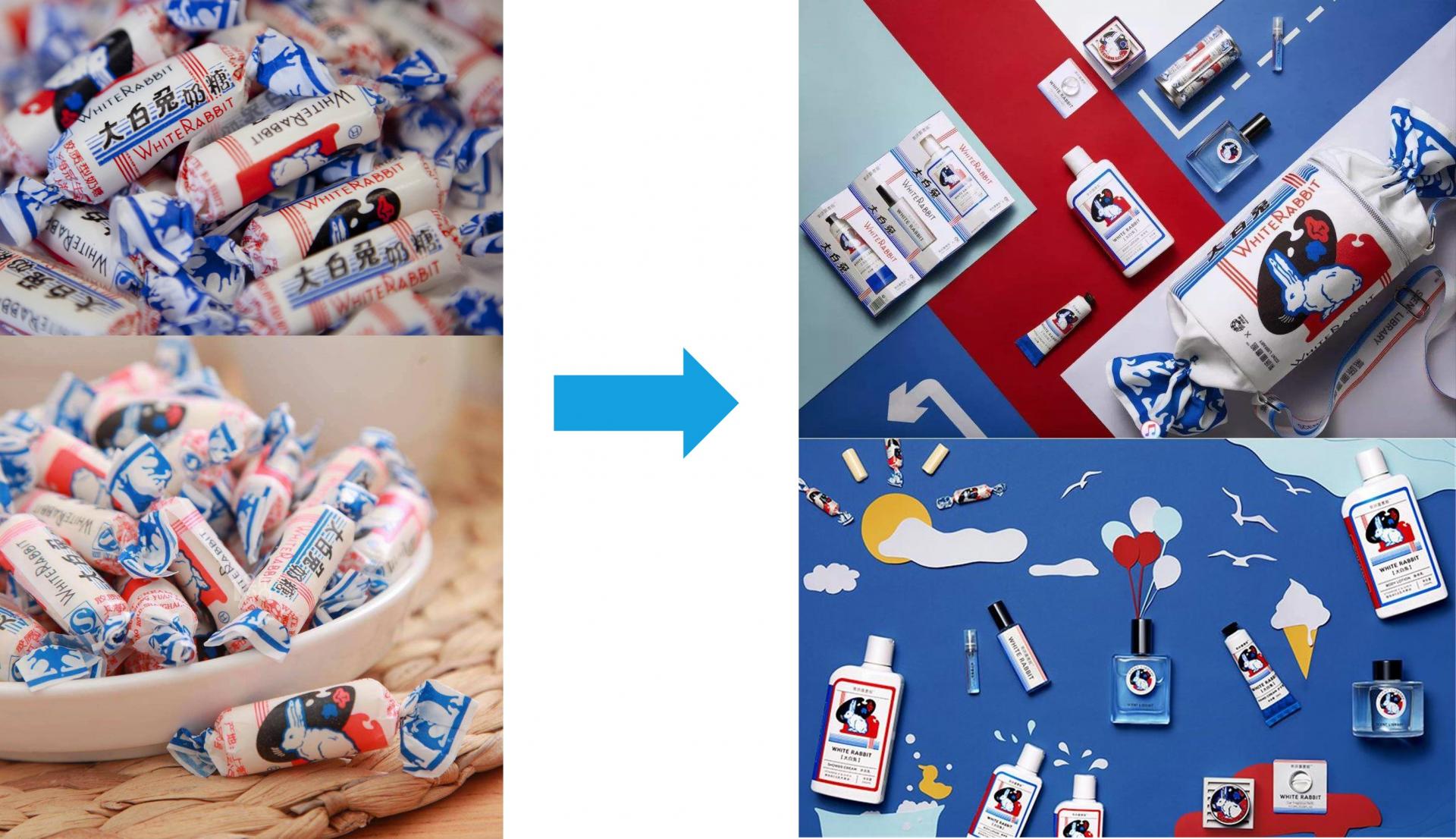
Consistent Heritage (Residual Semiotic Code) & Chic Legacy (Emerging Semiotic Code) (source: White Rabbit)
Brands that are able to capture this shifting trend of consumer stand out, by satisfying consumers with “hard-core” functional benefits and echoing their emotional inner-self with unique manifestation, which matches with their aspirations.
One thing is worth to mention, this direction mainly works for brands with a relatively long history or with strong advantages of tangible product innovation truth. So that the emotion and aspiration part wouldn’t leave consumers an impression of “look impressive but worthless”.
ROUTE 1: Elevated Lifestyle – Emphasize experience in life rather than only claim product efficacy
A. Oral care category

Significant Science (Dominant Semiotic Code) & Cosmetic Exquisiteness (Emerging Semiotic Code) (source: Crest; NYSCPS)
B. Cheese and butter category
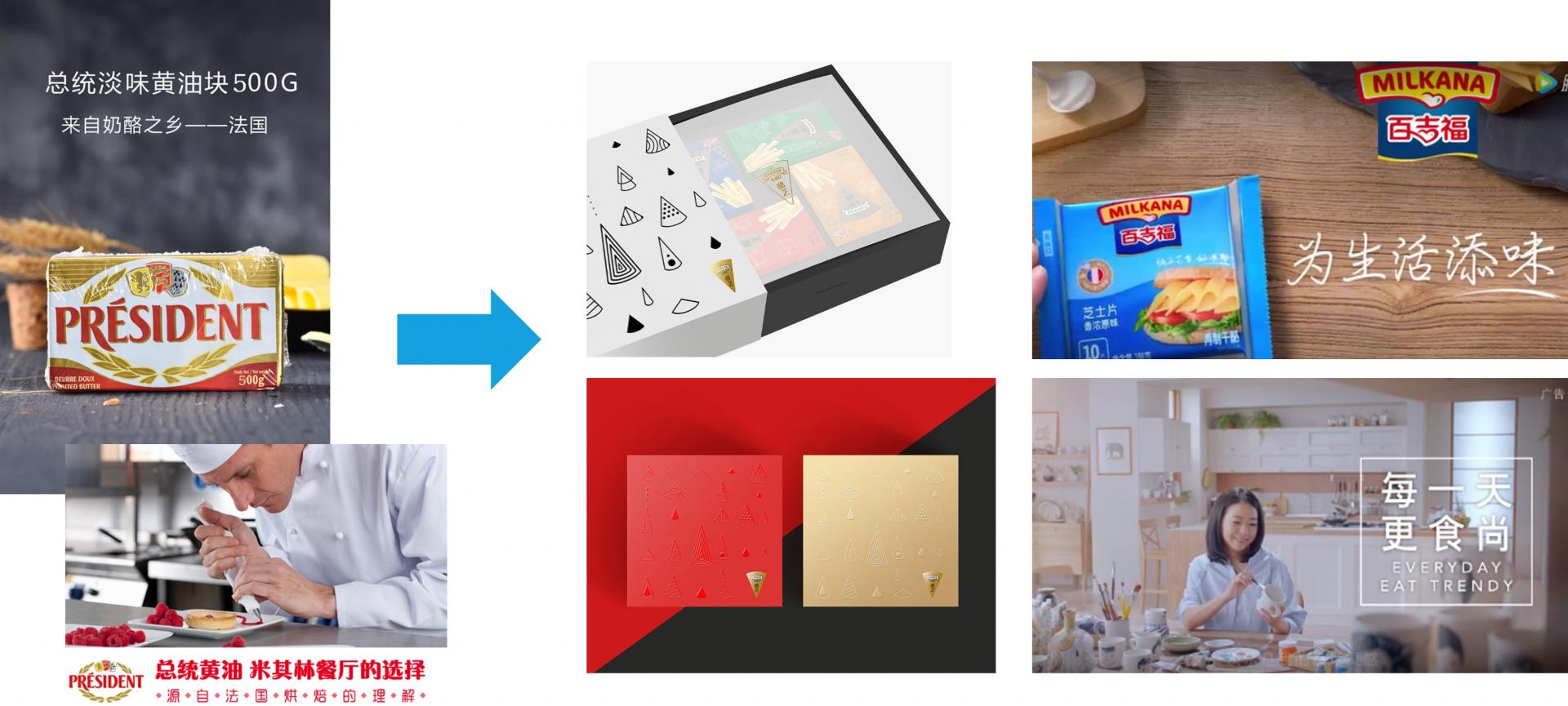
Royal Selection (Residual Semiotic Code) & Dedicated simplicity (Emerging Semiotic Code) (source: President; Cheese & Art; Milkana)
ROUTE 2: Contemporary Manifestation – Emphasize consumers’ aspirations rather than only focusing on functional benefits
A. Beverage category
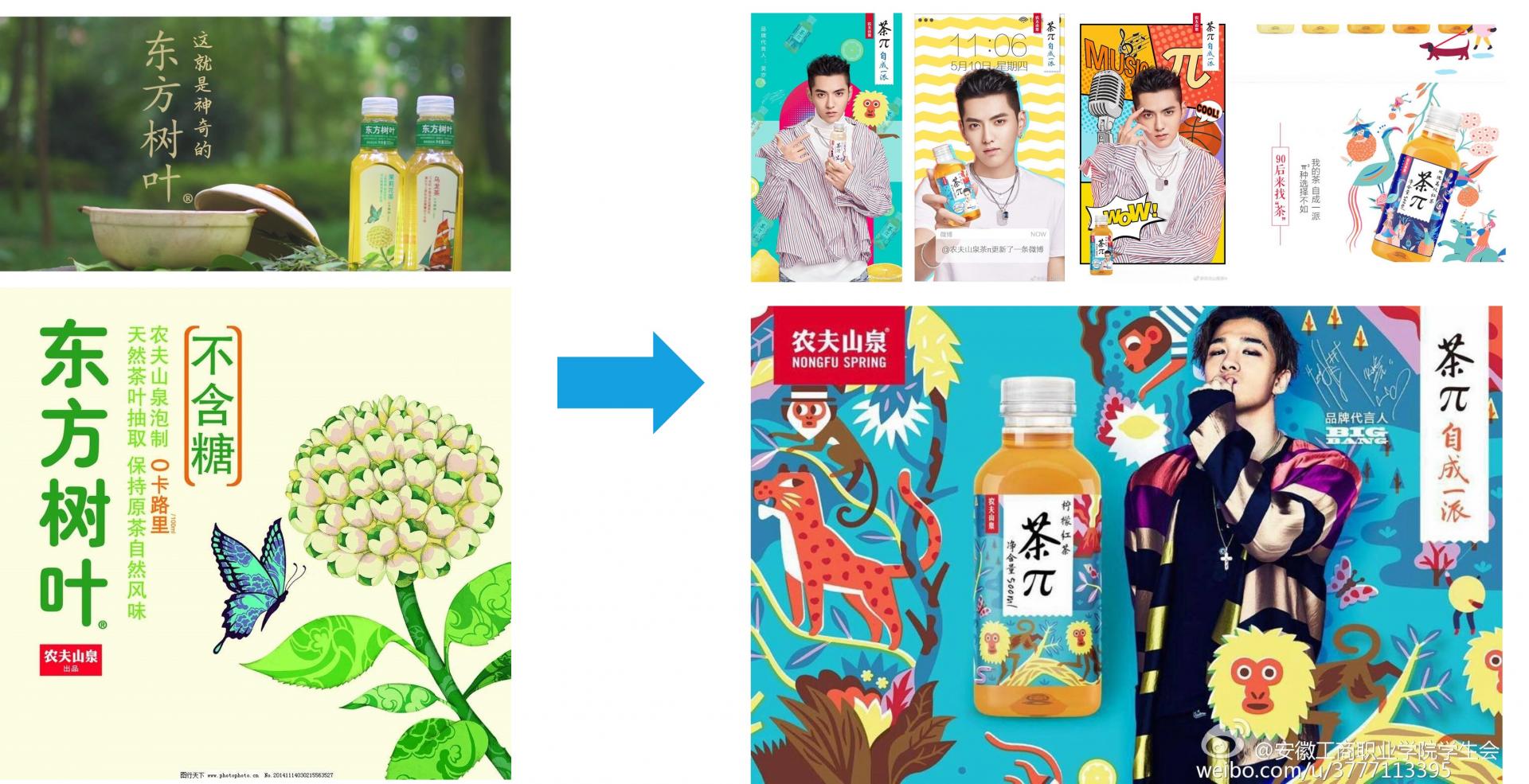
Artistic Renovation (Dominant/Emerging Semiotic Code) & Contemporary Manifestation (Emerging Semiotic Code) (source: Dongfang Shuye; Tea π)
B. UHT milk category
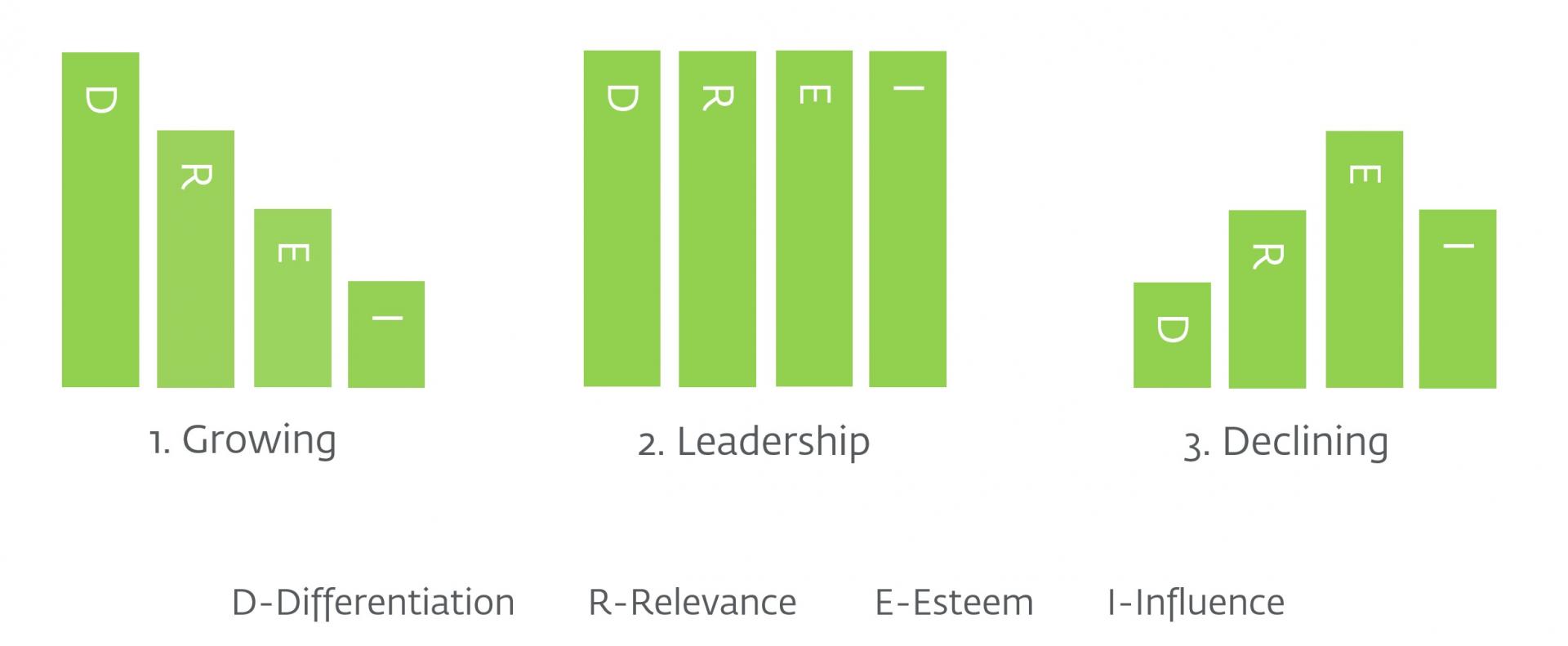
Organic Nourishment (Dominant Semiotic Code) & Elevated Realization (Emerging Semiotic Code) (source: Anchor; Milk Deluxe)
You can transform your brand in multiple ways but the key is to anchor your transformation with context (e.g. heritage) and elevate using category tensions as the base (e.g. outdated vs modern). And if you want to leverage the trajectories of change, you would need to emphasize new ways to communicate your product benefits that are in line with consumer expectations (relevance).
We believe Semiotics as a science and art, can contribute a lot to identify trends and evolutions in the market, which in turn can inform both brand positioning as well as product innovation strategies in a more agile and consumer-centric way.
A Labbrand Group Company © 2005-2024 Labbrand All rights reserved
沪ICP备17001253号-3To improve your experience, we use cookies to provide social media features, offer you content that targets your particular interests, and analyse the performance of our advertising campaigns. By clicking on “Accept” you consent to all cookies. You also have the option to click “Reject” to limit the use of certain types of cookies. Please be aware that rejecting cookies may affect your website browsing experience and limit the use of some personalised features.